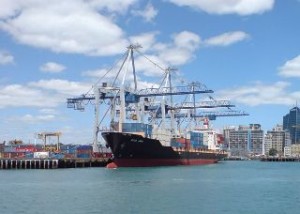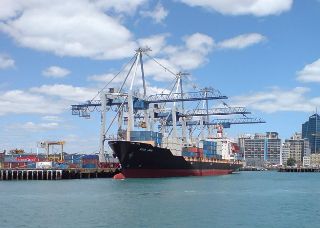 The box freight market in the previous year hardly saw any significant changes from the last few years, but the industry is more optimistic about what’s in store for it in 2015, according to a new analysis by Clarksons.
The box freight market in the previous year hardly saw any significant changes from the last few years, but the industry is more optimistic about what’s in store for it in 2015, according to a new analysis by Clarksons.
The report said that after five years in the doldrums, 2014 was essentially more of the same for the liner sector, as the global economic downturn cut harder into demand and container ship operators still sought ways to absorb potentially surplus capacity.
“The fully cellular containership fleet expanded by around 6% to 18.2 million TEUs in full year 2014, and trade growth in the same ballpark was not enough to push the market balance back into a more positive direction,” it noted.
Box freight market conditions remained extremely volatile, with liner companies in an ongoing battle to manage incoming capacity. Average spot freight rates for the year were up a little (7%) on the Far East-Europe route, but down a little (3%) on the trans-Pacific.
Moreover, few liner companies made substantial profits, although towards the end of the year falling bunker prices at least started to reduce liner company costs.
In the coming year, the industry outlook suggests improving market conditions. Plenty of capacity has been absorbed by slow steaming, much less capacity is idle (around 1.3% of the total fleet today) than in previous winters, and the order book is more manageable at 18% of the fleet. Demolition remains historically high, with 400,000 TEUs scrapped in 2014. Meanwhile, port congestion, particularly on the U.S. West Coast, may start to soak up significant amounts of capacity.
However, capacity-management challenges remain in place. Liner companies still have plenty of big ships scheduled for delivery and seem bent on placing more, with a new wave of orders for ships of 20,000 TEUs and above. The extra capacity to be added, along with economic headwinds in a number of parts of the world, will certainly pose challenges for the sector, Clarksons said.
Photo: Ports of Auckland





